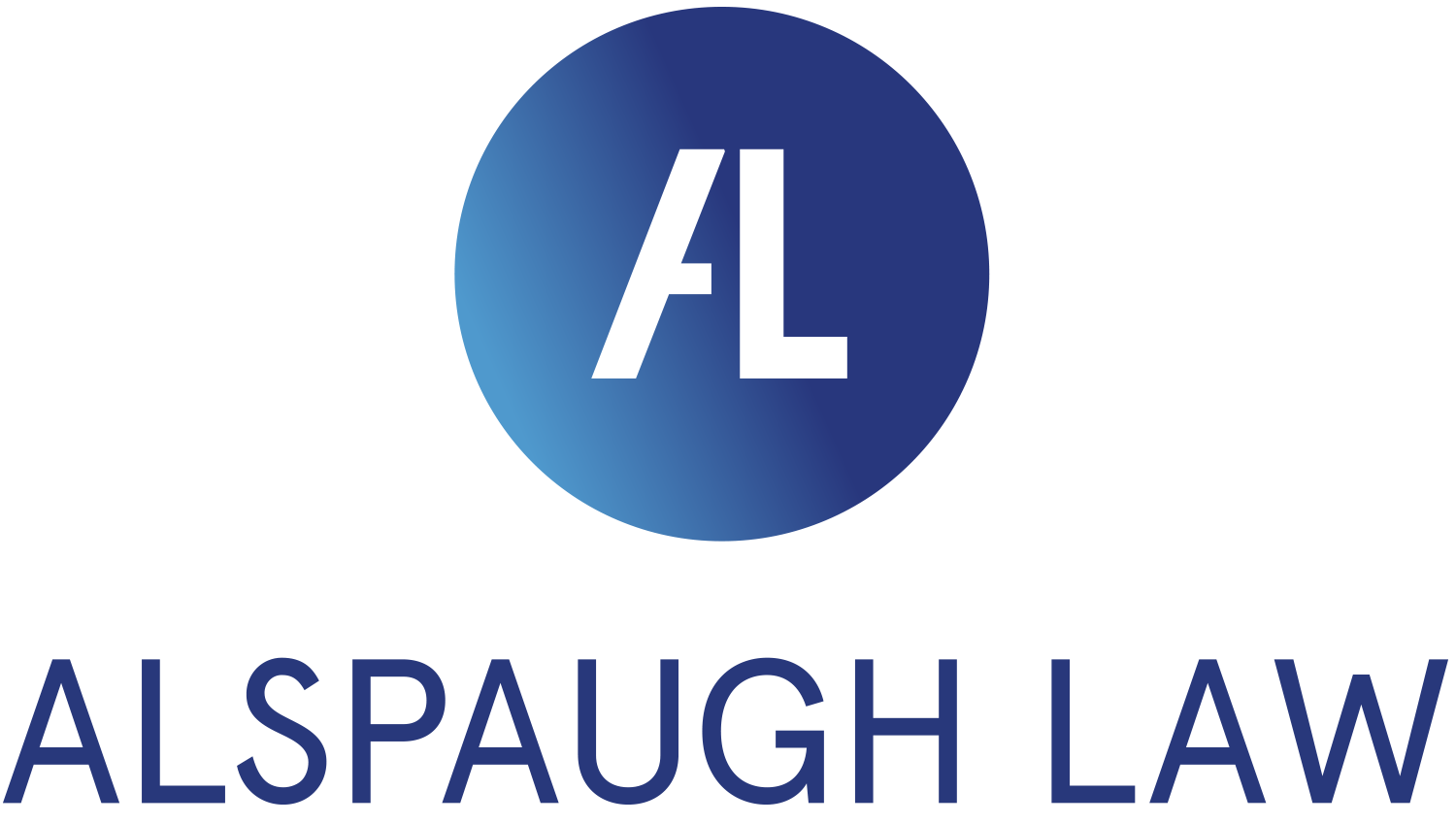The cosmetics industry is a dynamic and ever-evolving sector, driven by innovations in science, technology, and consumer preferences. In 2022, the Modernization of Cosmetics Regulations Act (“Act”) marked a significant milestone in the regulatory framework governing cosmetics in the United States. This comprehensive legislation aimed to enhance consumer safety, address emerging trends, and streamline regulatory processes. This article delves into the implementation of the Modernization of Cosmetics Regulations Act of 2022 and explores the challenges stakeholders face in adapting to the new regulatory landscape.


Background of the Modernization of Cosmetics Regulations Act:
Overview of the Act: The Modernization of Cosmetics Regulations Act of 2022 was introduced to address the evolving landscape of the cosmetics industry, emphasizing the need for updated regulatory measures. Focused on enhancing consumer safety and adapting to industry trends, the Act introduces key provisions to enhance processes and elevate standards within the cosmetic sector.
Implementation Strategies:
Regulatory Compliance: Companies must navigate new ingredient regulations, ensuring compliance with labeling and packaging requirements. The Act necessitates adjustments to manufacturing processes, documentation, and heightened quality control measures to meet the enhanced safety standards set forth in the legislation.
Data and Documentation Requirements: Implementation involves an increased demand for safety data and testing, requiring meticulous documentation of ingredient sourcing and supply chain transparency. Technological tools play a pivotal role in managing and organizing this data effectively, facilitating compliance with the Act’s stringent documentation requirements.
Collaboration Between Industry and Regulatory Bodies: Effective implementation involves establishing robust communication channels between companies and regulatory agencies. Periodic reviews and updates, driven by ongoing collaboration, ensure that the Act remains responsive to industry developments, addressing concerns and providing clarity on regulatory nuances.
III. Challenges in Implementation:
Financial Implications: The implementation of the Act comes with significant financial implications, particularly in documenting training, documenting product quality, documenting product manufacturing and updating product labeling to meet new regulations. Small and medium-sized enterprises (SMEs) within the cosmetics industry may face particular challenges, prompting a delicate balance between ensuring consumer safety and considering the economic viability of compliance.
Education and Training: Overcoming resistance to change requires comprehensive education and training initiatives for industry professionals. Ensuring that cosmetic scientists, formulators, and regulatory affairs professionals are well-informed about the Act is crucial for successful implementation.
Case Studies:
Success Stories: Examining companies that efficiently adapted to the Act provides valuable insights into best practices and innovative approaches. These success stories showcase how compliance can spur positive outcomes, enhancing consumer trust and elevating brand reputation. However, I am not aware of any successful implementations due to the delays in implementation by the FDA.
Challenges Faced by Specific Sectors: Sectors such as skincare, color cosmetics, and haircare navigate unique challenges presented by the Act. Understanding how different segments of the industry respond to ingredient regulations, labeling challenges, and other specificities provides a nuanced view of the implementation landscape. The overlap and potential conflict with FDA drug regulations is significant.
- Labeling Requirements Provisions:
- Ingredient Transparency: The Act requires a more detailed and explicit listing of cosmetic ingredients on product labels. Manufacturers must provide a comprehensive list of all ingredients, including those that make up fragrance blends, previously exempt from specific disclosure.
- Allergen Disclosure: To improve consumer safety, the Act mandates the explicit identification of allergens in cosmetic products. Common allergens present in cosmetics, such as certain fragrances and preservatives, must be clearly indicated on the label to help consumers make informed choices, especially those with sensitivities or allergies.
- Expiration Date Inclusion: Cosmetic products now must display a clear expiration date, ensuring that consumers are aware of the product’s shelf life. This information is crucial for consumers to determine the efficacy and safety of the product over time, encouraging responsible usage.
- Usage Instructions and Warnings: The Act emphasizes the need for clear and concise usage instructions and warnings on cosmetic product labels. This includes guidelines on proper application, potential side effects, and any necessary precautions consumers should take during use.
- Batch or Lot Information: Manufacturers are now required to include batch or lot information on product labels, aiding in traceability and facilitating more effective recalls if safety concerns arise. This addition enhances the ability of regulatory agencies and manufacturers to track and manage product safety throughout the supply chain.
- Net Contents and Packaging Information: The Act reinforces existing regulations regarding the accurate representation of the net contents of a cosmetic product. It also mandates that information about the packaging material be provided, ensuring consumers have a complete understanding of the product they are purchasing.
- Country of Origin Labeling: Cosmetic products must now disclose the country of origin on the label. This is a significant addition aimed at addressing concerns related to product safety, quality, and ethical sourcing practices associated with the global cosmetics industry.
- Digital and Electronic Labeling Standards: Recognizing the evolving landscape of consumer engagement, the Act provides guidelines for digital and electronic labeling. Companies must adhere to specific standards when providing product information through online platforms or digital interfaces, ensuring consistency with physical labeling requirements.
These labeling changes collectively contribute to a more transparent and consumer-centric approach within the cosmetics industry. By providing detailed information on ingredients, allergens, expiration dates, and usage instructions, the Act aims to empower consumers to make informed choices while fostering accountability and responsibility within the cosmetics manufacturing and distribution processes.
Conclusion:
The implementation of the Modernization of Cosmetics Regulations Act of 2022 presents both opportunities and challenges for the cosmetics industry. Stakeholders must navigate the complexities of regulatory compliance, embrace education and training initiatives, and collaborate to ensure the industry’s continued growth and safety. As the industry evolves, a balance between innovation and consumer protection will be crucial for sustained success in the dynamic world of cosmetics.

